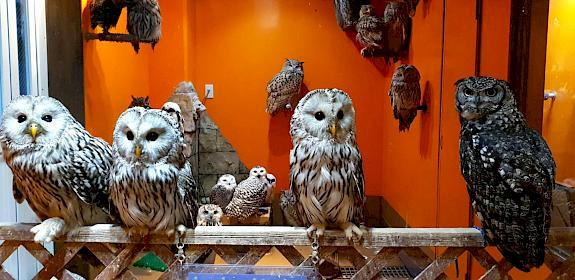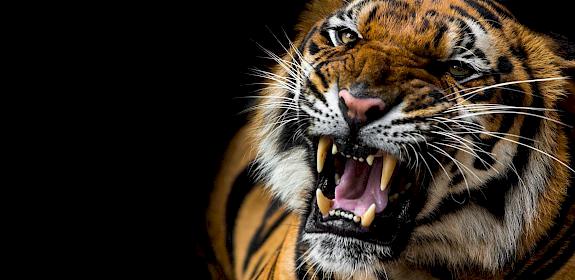
Captive Gharial's Gavialis gangeticus at the Royal Chitwan National Park and Gharial Breeding Center in Nepal © Karine Aigner / WWF-US
i
captive breeding: our perspective and priorities
In some cases, captive breeding of wildlife is conducted ethically and sustainably, preventing detrimental sourcing from the wild. Many reptiles, amphibians and fish are captive bred for the pet trade, which can contribute to the protection of wild populations.
Unfortunately, there are many circumstances where captive breeding is conducted illegally and/or unsustainably, either contributing to illegal trade or stimulating unsustainable consumer demand.
7,000+
tigers are believed to be held in tiger farms in Asia
evidence to influence on captive breeding
Captive breeding of wildlife has occurred for generations, varying by purpose and species across the world.
There are many documented scenarios where it has been a force for good; conducted ethically and helping to protect the survival of wild populations. However, there are numerous cases where we have observed the opposite effect. Asiatic Black Bear Ursus thibetanus farming in Laos, Cambodia and Viet Nam was shown to be not only driving unsustainable trade in bear bile and other products, but contributing to the illegal trapping of wild populations. Our perspectives on captive breeding are formed on impartial research and analysis within the context of sustainability and the preservation of natural biodiversity.




